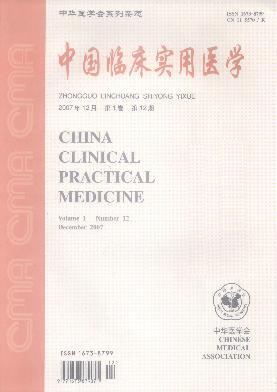Exenatide improving antioxidant ability of nonalcoholic fatty liver disease of rats
引用次数: 0
Abstract
Objective To investigate the exenatide effect on fat-induced nonalcoholic fatty liver disease(NAFLD) of rat. Methods NAFLD models were established after 12 weeks of high fat diet feeding,a total of 120 SD rats were randomly divided into control group(CON group),model group(HFD group),exenatide low,medium,high dose group(ELD group,EMD group,EHD group) and polyene phosphatidylcholine treatment group(PDC group),with 20 rats in each group.After given appropriate treatment,half of the rats were sacrificed after 4 and 8 weeks.HE staining of liver slices,antioxidant factors were performed. Results With the dose of exenatide became larger,and the time got longer,the liver fat and the inflammatory response were significantly reduced and the fat particles were significantly reduced; serum and liver total antioxidant capacity was significantly improved. Conclusion Exenatide improves antioxidant ability of NAFLD of rats. Key words: Non-alcoholic fatty liver disease; Exenatide; Antioxidant ability艾塞那肽对大鼠非酒精性脂肪肝抗氧化能力的改善
目的探讨艾塞那肽对大鼠脂肪性非酒精性脂肪肝(NAFLD)的影响。方法建立高脂饮食喂养12周后的NAFLD模型,将120只SD大鼠随机分为对照组(CON组)、模型组(HFD组)、艾塞那肽低、中、高剂量组(ELD组、EMD组、EHD组)和多烯磷脂酰胆碱治疗组(PDC组),每组20只。在给予适当的治疗后,在4周和8周后处死一半的大鼠。肝切片HE染色、抗氧化因子测定。结果艾塞那肽剂量越大、时间越长,肝脏脂肪和炎症反应明显减少,脂肪颗粒明显减少;血清和肝脏总抗氧化能力显著提高。结论艾塞那肽能提高大鼠NAFLD的抗氧化能力。关键词:非酒精性脂肪肝;艾塞那肽;抗氧化能力
本文章由计算机程序翻译,如有差异,请以英文原文为准。
求助全文
约1分钟内获得全文
求助全文

 求助内容:
求助内容: 应助结果提醒方式:
应助结果提醒方式:


